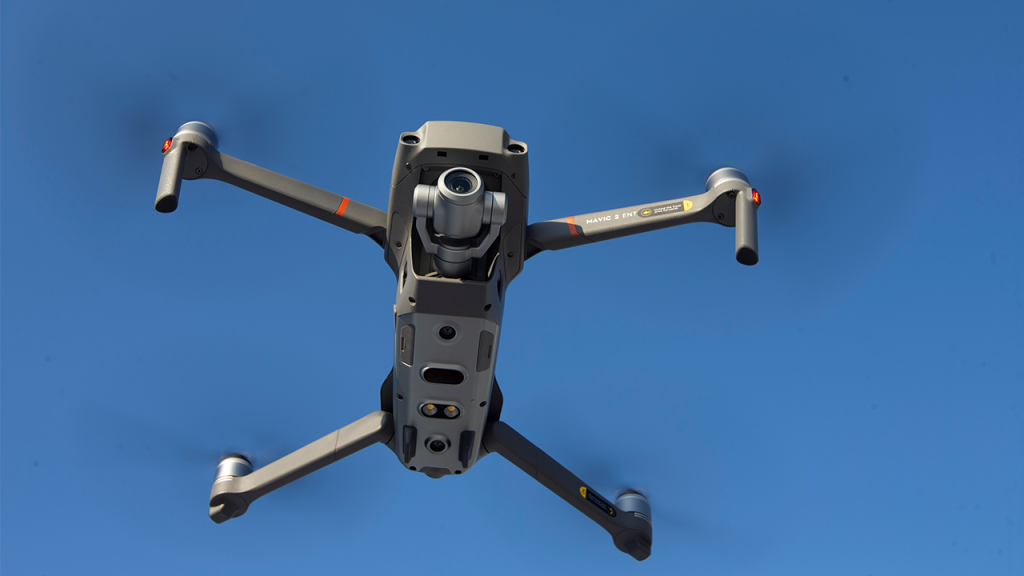US Military to Use Confiscated Chinese Drones for Special Forces Training
In an innovative approach to counter-drone warfare training, more than 500 Chinese drones seized by Florida authorities will soon serve as practical targets for America’s elite military forces. Rather than simply destroying these confiscated quadcopters, U.S. Special Operations Command (SOCOM) plans to use them in what will become the largest counter-drone destruction exercise ever conducted on American soil.
The Military Drone Crucible, scheduled for December 4-6 at Camp Blanding, will transform these seized drones into valuable training tools for special forces personnel. According to Nate Ecelbarger, President of the U.S. National Drone Association, this unprecedented event will give elite troops hands-on experience in neutralizing enemy drone threats using shotguns—practical training that mirrors potential real-world scenarios they might face in conflict zones. The exercise represents a significant escalation in America’s counter-drone training capabilities, surpassing the previous record set in September when electromagnetic weapons were used to neutralize 49 drones at Camp Atterbury, Indiana, with Navy SEALs, Marines and Army Rangers participating.
The decision to repurpose these confiscated drones highlights the growing recognition of unmanned aerial systems as both tactical threats and opportunities in modern warfare. Instead of simply incinerating these machines, military planners recognized an opportunity to convert them into realistic training aids that help prepare American forces for encounters with enemy drones. The exercises will include practical scenarios such as clearing rooms containing hostile forces and striking enemy convoys—situations where enemy drones might provide surveillance or direct attack capabilities against U.S. troops.
This training initiative comes at a time when drone warfare capabilities are rapidly evolving worldwide. The Trump administration recently eliminated bureaucratic obstacles to accelerate America’s drone production, an acknowledgment that the U.S. needs to compete with advanced drone programs developed by Russia and China. The use of actual Chinese-made drones for target practice adds another layer of realism to the training, allowing U.S. forces to familiarize themselves with the specific characteristics and vulnerabilities of foreign drone technology they might encounter in conflict zones.
The three-day exercise represents a creative solution to two separate challenges: disposing of confiscated foreign technology and preparing American special forces for emerging battlefield threats. Rather than viewing the seized drones merely as contraband to be destroyed, military planners recognized their potential value as training aids that could help U.S. forces develop and refine anti-drone tactics. This approach allows American troops to practice identifying, tracking, and neutralizing small unmanned aerial vehicles under conditions that closely simulate combat scenarios.
As drone technology continues to proliferate globally, exercises like the Military Drone Crucible will likely become increasingly important components of military readiness programs. The ability to detect and neutralize enemy drones has evolved from a specialized niche capability to an essential combat skill for modern warriors. By using these confiscated Chinese drones as training tools rather than simply destroying them, U.S. Special Operations Command is simultaneously addressing an immediate disposal need while enhancing the combat effectiveness of America’s most elite fighting forces against emerging technological threats.











